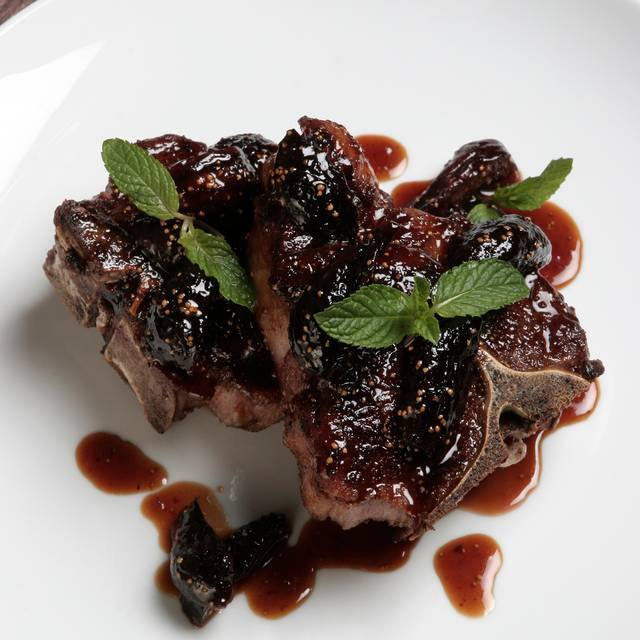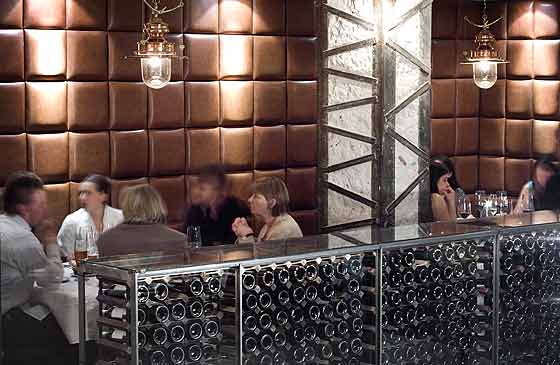


No matter which type of beefsteak a diner attended, the main course was beef loin dipped in butter-based sauce and served thinly sliced on rounds of bread (day-old bread, at East Side beefsteaks fresh toast, at West Side). Dining style īoth schools of thought in New York agreed that eating with one's fingers and not being afraid to get messy were integral to the culture of the beefsteak.


Diners at West Side beefsteaks were allowed to use disposable forks for some courses, but were expected to eat the beef course with their fingers. West Side beefsteaks tended more toward expansive menus, with courses including crab meat, lamb chops, and baked potatoes to go along with the beef loin. "West Side" beefsteaks, on the other hand, were often thrown at "gentlemen-only" establishments centered on Eleventh Avenue and 23rd Street. One East Side beefsteak was reported to have consisted of "3,000 pounds (1,400 kg) of steak, 1,500 pounds (680 kg) of lamb chops, 425 pounds (193 kg) of hamburger and 1,300 pounds (590 kg) of kidneys wrapped with bacon." East Side beefsteaks were heavily meat-centered, with courses consisting of items like sliced beef short loin, beef kidneys, and ground beef trimmings (referred to as "hamburgers"). "East Side" beefsteaks were largely patronized by the working-class and immigrants, and the center of the East Side beefsteak world was at First Avenue and Nineteenth Street in Manhattan. Each group claimed to Mitchell to have originated beefsteak banquets and to have the most authentic serving and eating styles. 1930s-era beefsteaks could be grouped into two styles, referred to by Joseph Mitchell in a 1939 The New Yorker article as " East Side" and " West Side" and roughly corresponding to the geographic separation of New York City into the same-named areas. Though the centerpiece of beefsteak culture was indisputably the frenzied consumption of beef and beer, with diners eating with their fingers and drinking with abandon, serving styles varied. Food and drink were the focus of the evening, and entertainment often consisted simply of those present telling stories and singing amongst themselves. Įarly beefsteaks were held in a relaxed, men-only atmosphere, with diners sitting on crates and eating with their fingers off of rough, improvised tables in saloons, rental halls, or residential basements. Sophie Tucker and Bill Robinson had beefsteaks thrown for them in the 1930s. Tammany Hall regularly threw beefsteaks as political fundraisers, often enough that it was a large portion of beefsteak business in New York and "when Tammany Hall a setback, beefsteaks a setback". The meal would generally be set up by an organization wishing to laud or raise money for politicians, newly promoted friends, or celebrities. Origins īeefsteak banquets originated among the working class of New York City in the mid-1800s as celebratory meals or "testimonials". Similar "beef and beer fundraisers" are common in the Philadelphia region, especially in white working class communities. Resurrected by caterers in New Jersey, the beefsteak banquet style remained popular in that state's Bergen and Passaic counties, and is enjoying a revival in New York City, where the style originated, due to the reemergence of a biannual beefsteak in Brooklyn. The dining style originated in 19th-century New York City as a type of working-class celebration but went into a decline in the mid-20th century. A beefsteak is a type of banquet in which sliced beef tenderloin is served to diners as all-you-can-eat finger food.


 0 kommentar(er)
0 kommentar(er)
